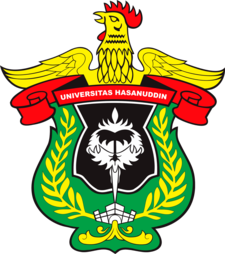Study of the Influence of Fracture Orientation on the Compressive Strength of Rock for Mine Design and Infrastructure
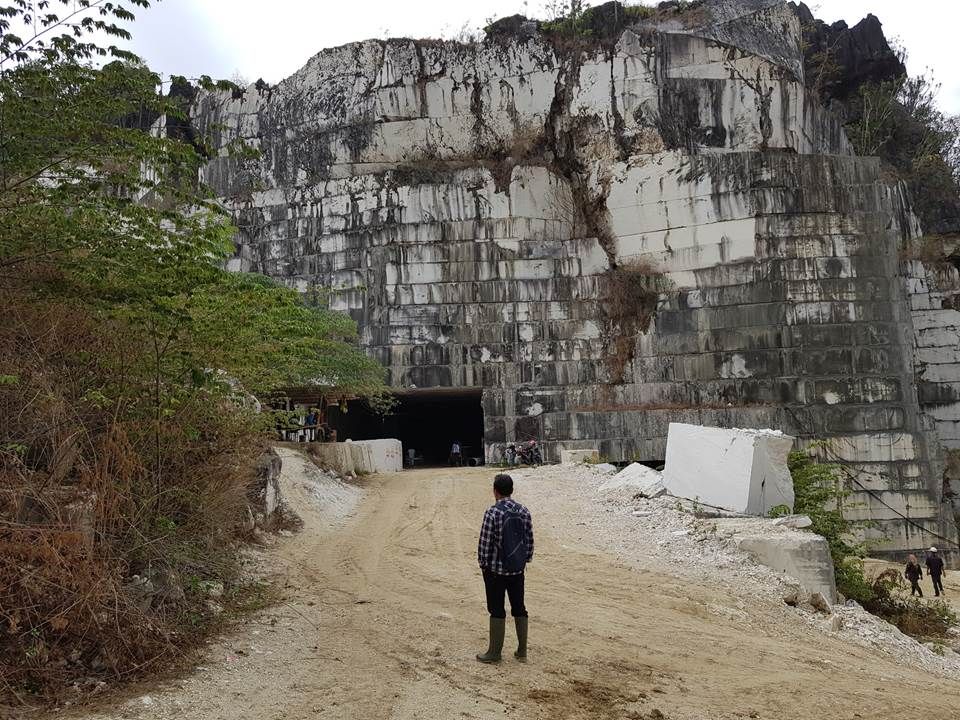
Rock mechanics is a technique as well as science that aims to study the behavior of rocks in their place of origin in order to be able to control the work that is done on these rocks. One of the mechanical properties of rock required in engineering works is rock strength (compressive strength, shear strength and tensile strength), modulus of elasticity (E), Poisson's ratio (n), and cohesion (c).
The compressive strength of rock is a very important parameter in mining and civil engineering (geotechnical) infrastructure. In the mining sector, the compressive strength of the rock determines the mining method to be used, the underground mine design, and the support to be used. While in the field of civil engineering, the compressive strength of rocks greatly affects the design of the infrastructure to be made, such as the planning of dams, foundations and tunnels. Given the importance of the compressive strength of these rocks, accurate measurement and understanding of the factors that affect the compressive strength is a concern to produce more stable/safe and economical mining and infrastructure works.
One of the mechanical properties of rocks to obtain data on the compressive strength of rocks is using the Unconfined Compressive Strength test (UCS) or also known as the uniaxial compressive strength test. Generally, UCS testing is carried out on intact rock samples, but in field conditions the force does not only work on intact rock but also works on rocks that have fractured structures.
This study focuses on knowing the effect of the direction of the fracture (joint) on the compressive strength of rocks. The application of this research can later be used for mining design and civil engineering. The research was carried out at the Geomechanics and Rock Engineering Laboratory of the Mining Engineering Department, Hasanuddin University in collaboration with the Department of Civil and Environmental Engineering, Ehime University, Japan. Rock samples were taken from the marble mining site of PT Wutama Tri Makmur which is located in the Village of Kalabbirang, Minasa Tene District, Pangkep Regency. The location of rock sampling can be seen in figure.
Latest News
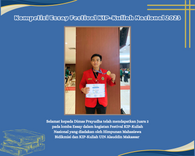 Mining Engineering Student Won the 2nd place in the Essay Competition of the Festival KIP-Kuliah Nasional 2023
Mining Engineering Student Won the 2nd place in the Essay Competition of the Festival KIP-Kuliah Nasional 2023 2023-11-06T05:10:23.000Z
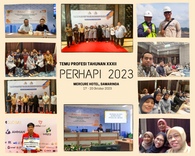 The TPT XXXII PERHAPI 2023
The TPT XXXII PERHAPI 2023 2023-10-09T07:43:21.000Z
 Mining Engineering Student Won the 2nd place in Pemilihan Duta Pemuda Kota Makkassar Tahun 2023
Mining Engineering Student Won the 2nd place in Pemilihan Duta Pemuda Kota Makkassar Tahun 2023 2023-10-05T02:25:47.000Z
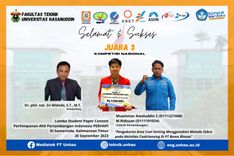 Mining Engineering Students Won 3rd Place in the Student Paper Contest of PERHAPI XXXII, Samarinda, East Kalimantan.
Mining Engineering Students Won 3rd Place in the Student Paper Contest of PERHAPI XXXII, Samarinda, East Kalimantan. 2023-10-05T02:19:24.000Z
 Dialog Akademik
Dialog Akademik 2023-09-12T06:26:18.000Z
- more_horiz
